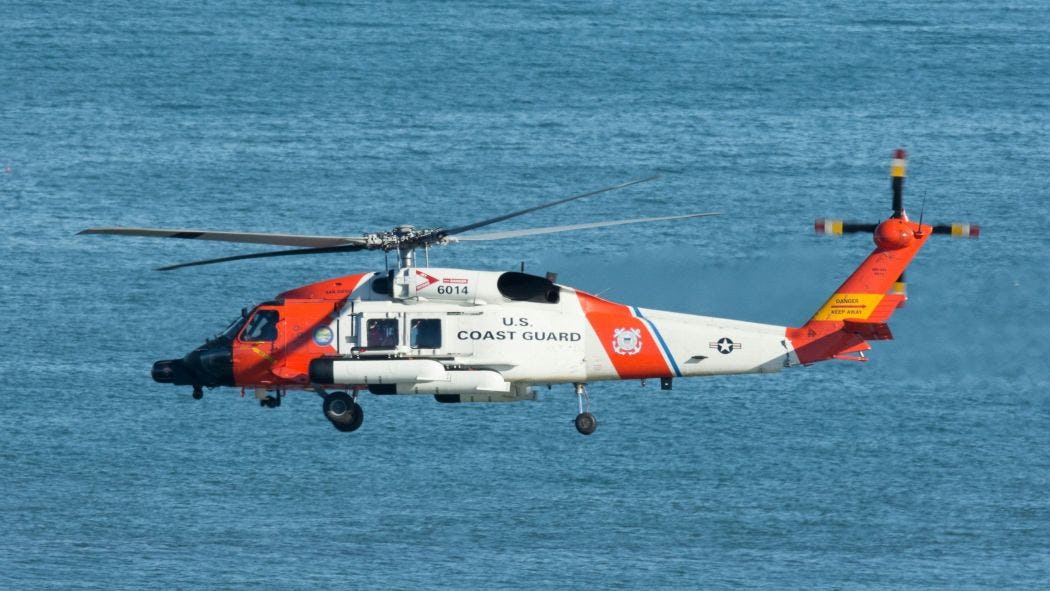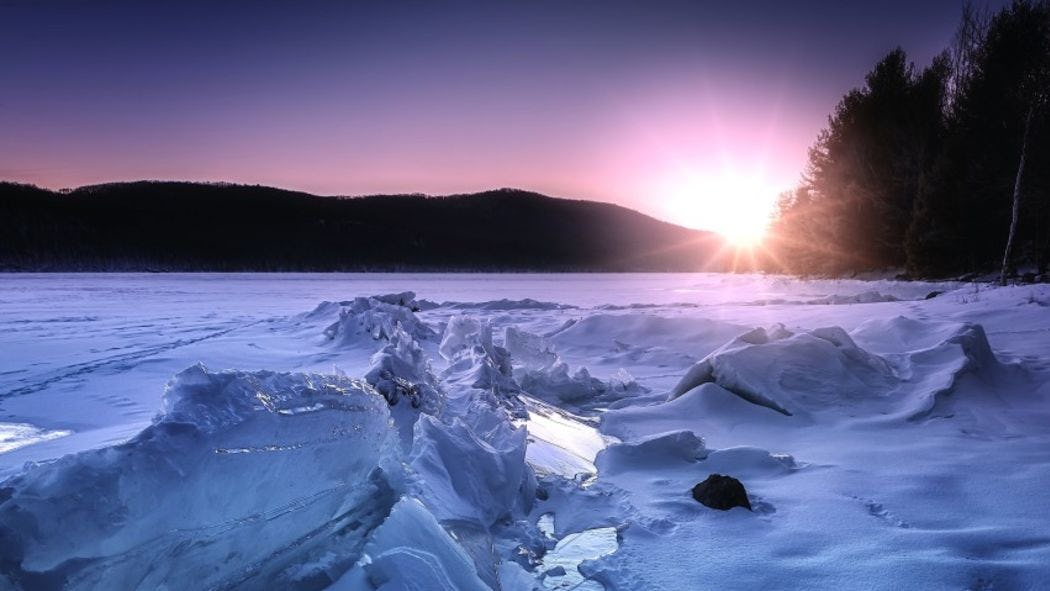At the Department of Civil, Environmental and Ocean Engineering, applied cross-disciplinary research plays a critical role in advancing solutions across our core focus areas. By integrating knowledge and methods from multiple fields, our faculty and students drive innovation in smart infrastructure, forecasting, experimental ship design, new environmental technologies and sustainability.
This collaborative approach allows us to deliver research with real-world impact and preparing students to lead in a rapidly evolving engineering landscape.
Offshore Wind Farm Research at Stevens
Stevens Institute of Technology’s Department of Civil, Environmental and Ocean Engineering and Davidson Laboratory support the deployment and monitoring of offshore wind farms in a variety of ways, including education, workforce development and research in the fields of ocean, coastal, structural and foundation engineering, marine systems, computational fluid dynamics, computational structural mechanics, remote sensing, green engineering, sustainability management and coastal resilience.
The department offers undergraduate and graduate degrees, certificates and specialized courses in naval, coastal and ocean engineering.
Cross-Disciplinary Projects
Learn about some of our cross-disciplinary projects related to offshore wind farms below.
Coastal, Oceanographic, and Atmospheric Monitoring
Coastal Resilience
Stevens’ Davidson Laboratory has operated the New Jersey Coastal Protection Technical Assistance Service since 1993. Its capabilities include field data collection and numerical, physical and data-driven modeling. The Laboratory operates two research vessels, a personal watercraft, a fleet of drones and experimental stations in support of measuring and predicting waves, currents and coastal erosion. Drs. Jon Miller, Philip Orton and Reza Marsooli bring expertise in the impact of climate change, harbor flood risk reduction, and traditional and non-traditional (“living shoreline”) coastal stabilization techniques.
Atmospheric and Oceanographic Modeling
The Stevens Flood Advisory System team (Drs. Muhammad Hajj, Raju Datla, Jon Miller, Philip Orton, Marouane Temimi and Reza Marsooli and Mr. David Runnels) operates a unique forecasting system that runs 24 hours a day, seven days a week, every day of the year to predict storm surge levels. Collectively, they bring experience in installing and operating experimental stations at multiple locations along and off the New York and New Jersey coastlines and in assimilating wind fields from numerical Canadian, American (NOAA) and European weather prediction models to provide 24/7 high-resolution predictions of local wind, wave, current and storm surge forecasts over broad regions along the shores of New Jersey and New York.
Structural and Foundational Design and Monitoring
Materials and Structures
Drs. Weina Meng and Yi Bao have developed extremely strong and resilient materials and structures capable of sustaining multi-hazards in the harsh maritime environment.
Dr. Meng, a winner of the prestigious NSF Career Award, has developed advanced structural materials for impermeable foundations that achieve unprecedented durability, resilience, sustainability and multi-functionality. She is a leader in the development of cost-effective seawater-resistant ultra-high-performance concrete, which can be cast underwater, provide corrosion protection and last for 50 years or more without maintenance.
Dr. Bao has established procedures for modular structural design to enhance the construction of offshore wind turbines with extended service lives. He has integrated multiple types of distributed sensors for monitoring variables such as temperature distribution, damage and corrosion. These technologies have been verified and adopted by the Engineering Division of NIST. He has also integrated machine learning with these sensing networks to further enhance their predictive capabilities. Drs. Dimitri Donskoy and Muhammad Hajj bring experience in gathering vibrational data and performing linear and nonlinear analyses to monitor and identify damage progression in structures and structural elements of wind turbines.
Scour Protection Strategies
Proper foundation elements in a wind farm structure can significantly improve offshore ecological habitats, which in turn can protect structures from damage. These enhancements come in the form of modifications to foundation elements (shape, size, orientation, material) or adaptations. Drs. Yi Bao, Reza Marsooli and Jon Miller bring unique capabilities to monitor and predict scouring using computational fluid dynamics simulations and to optimize scour protection strategies by integrating eco-friendly and cost-effective materials.
Human Safety and Wildlife Monitoring
Search and Rescue Assistance
Drs. Yi Bao and Jon Miller have experience in using drones to aid in search and rescue efforts. The Stevens Flood Advisory System continuously provides maps of surface currents in offshore regions of New York and New Jersey — predictions essential for performing search and rescue missions.
Passive and Autonomous Monitoring of Marine Mammals and Fish
Stevens researchers have developed undersea technologies for sensing and data collection. This work includes Dr. Muhammad Hajj’s development of self-powered fish tags and wireless powering technologies of underwater sensors and devices; Dr. Alexander Sutin’s systems for acoustic monitoring and passive acoustic threats detection, tracking and classification, including the Stevens-patented Passive Acoustic Detection System (SPADES), which has been applied in the detection of divers, Unmanned Underwater Vehicles (UUV), surface boats and swimmers; and Dr. Dimitri Donskoy’s innovative low-frequency vector sensing technology for passive underwater surveillance and acoustic monitoring of marine mammals, developed in collaboration with the Naval Undersea Warfare Center.
Electromagnetic Communications and Research
Drs. Alexander Sutin and Barry Bunin have developed equipment capable of providing quantitative estimates of electromagnetic radiation produced by wind farms and their consequent influence on navigation systems and radio communications. Dr. Bunin performs research and trains students on principles of GPS and radio communication in the presence of interfering signals and on methods for estimation of interfering signals’ influence on the reliability of GPS and other communication systems and determinations of zones where communications may be disturbed by wind turbine generator presence.
Sustainability Management
Dr. Dibyendu Sarkar brings expertise in assessing the sustain-ability of wind farms in terms of their environmental impacts, life cycles and costs/benefits.




